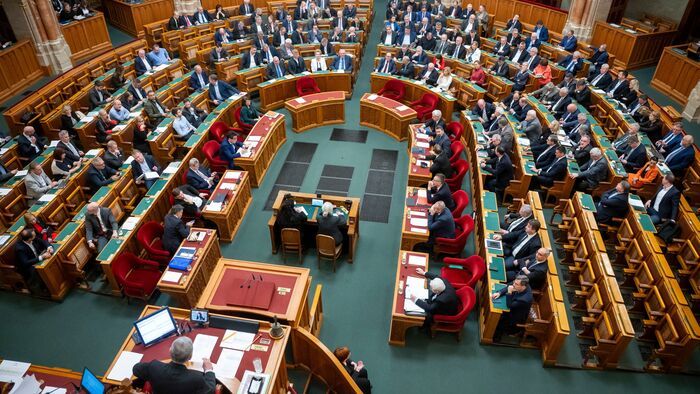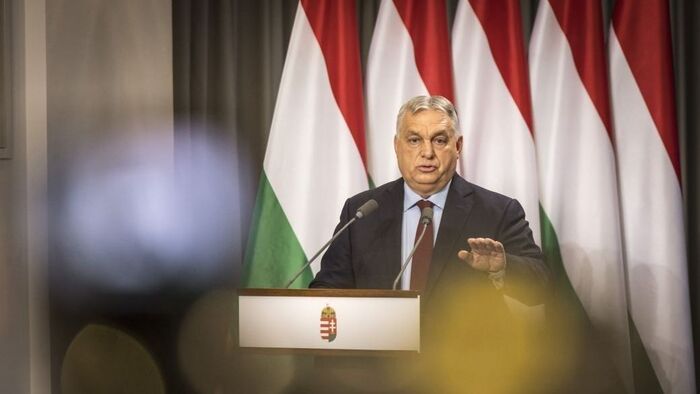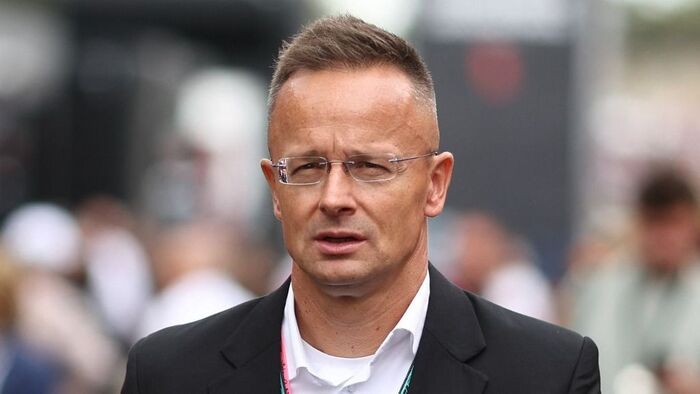In recent weeks, new plans for the resettlement of migrants have emerged from the decision-makers in the European Union, while the negative effects of a failed immigration policy have never been more evident. It is now also clear that migration is not the solution to Europe's demographic problems, as despite the large-scale immigration wave of recent years, the willingness to have children has continued to fall and increasingly more of those born are to parents with immigrant backgrounds.

Europe's share of the world's population is shrinking. While fifty years ago Europeans made up a fifth of the world's population, today that proportion is less than a tenth. Currently, only 5.6 per cent of the world's population lives in the European Union. In 2021, 4.09 million children were born in the European Union, which is half a million fewer than in 2010. The total fertility rate, also a measure of the willingness to have children, is also falling, from an average of 1.57 in 2010 to 1.5 in 2020.
Between 2010 and 2021, the fertility rate increased in only ten EU member states, and among them, the largest improvement of 29 per cent can be observed in Hungary.
All these facts were highlighted by the Maria Kopp Institute for Demographics and Families (KINCS) on the occasion of World Population Day on 11 July.























Szóljon hozzá!
Jelenleg csak a hozzászólások egy kis részét látja. Hozzászóláshoz és a további kommentek megtekintéséhez lépjen be, vagy regisztráljon!